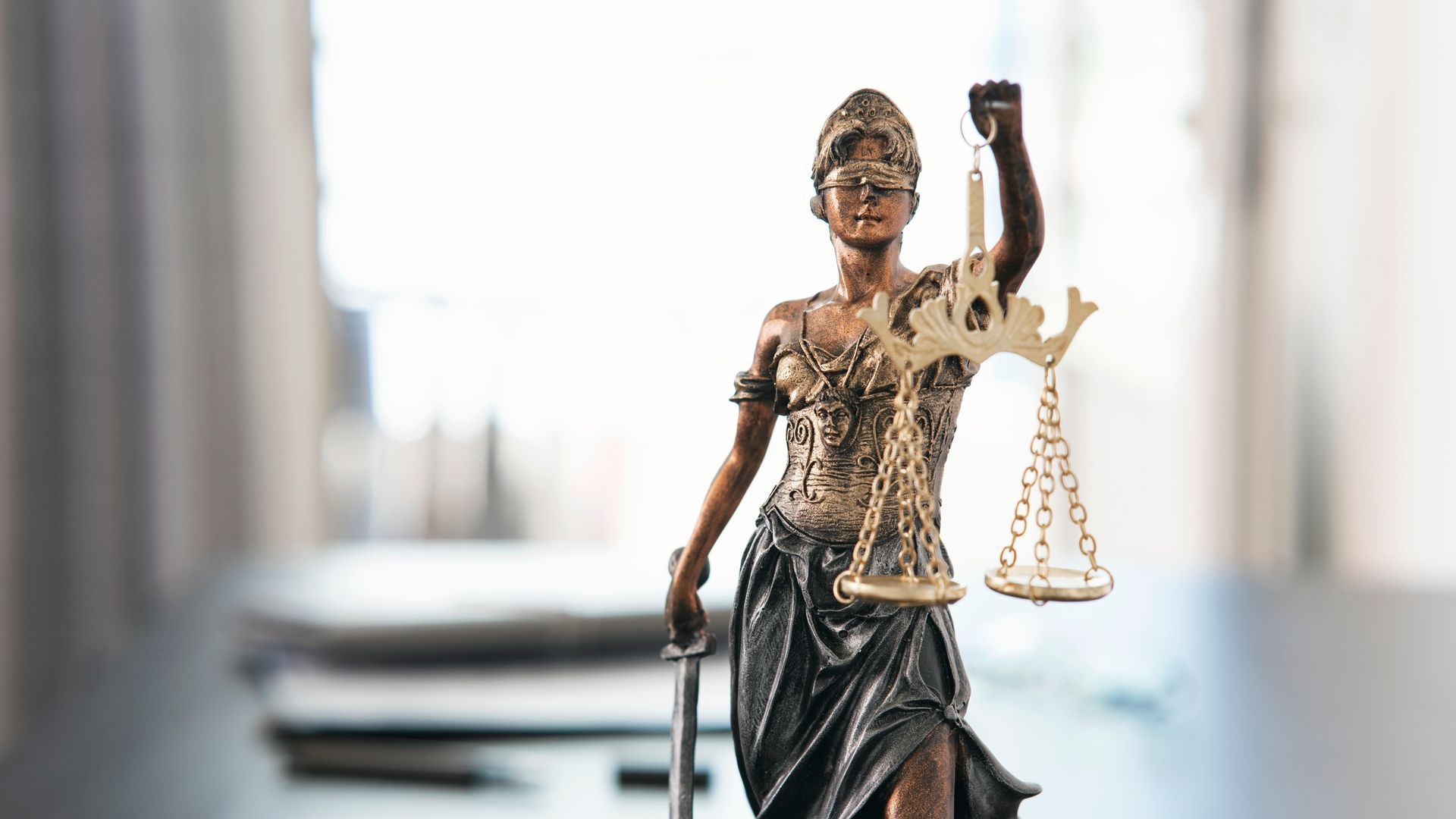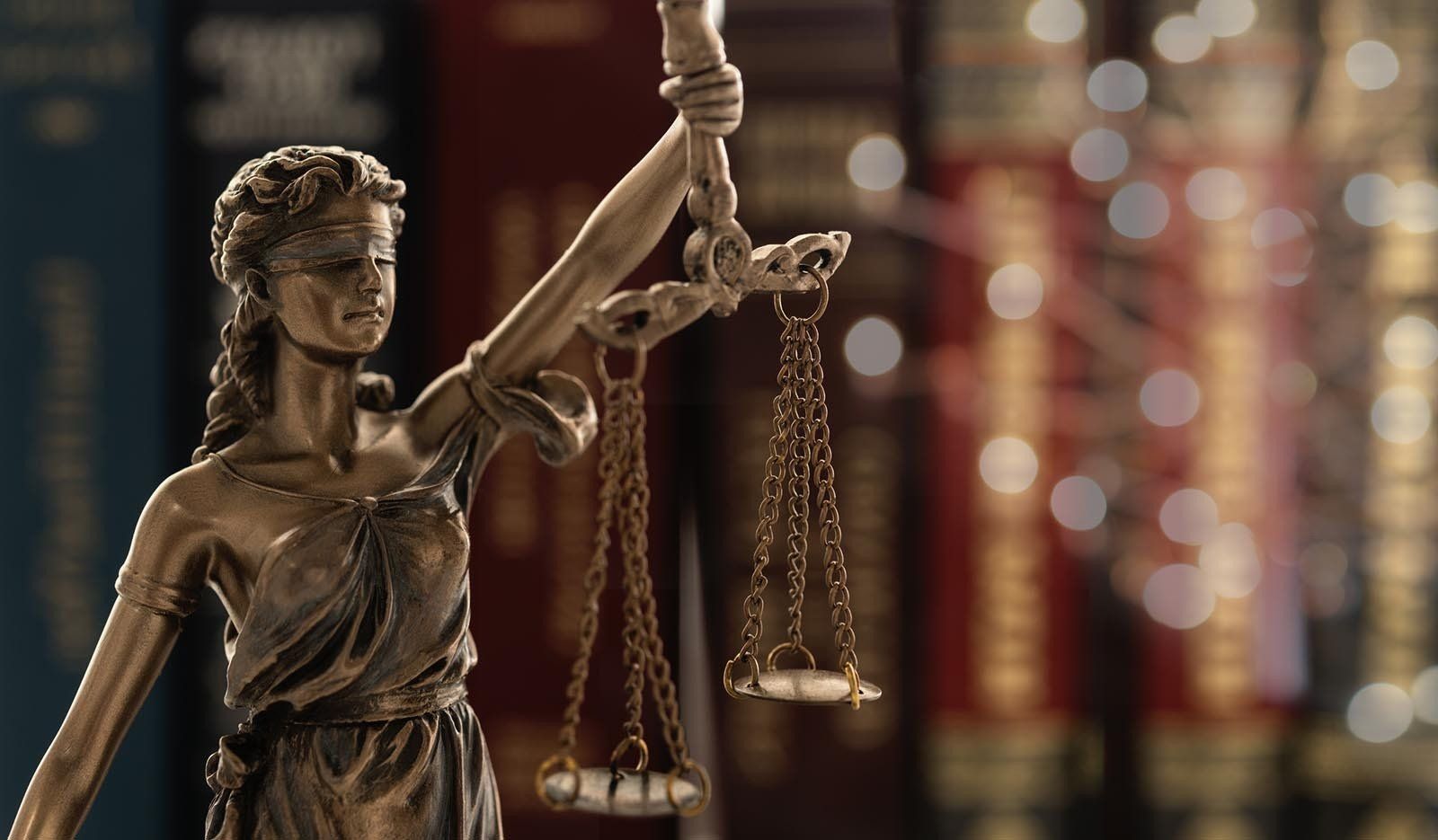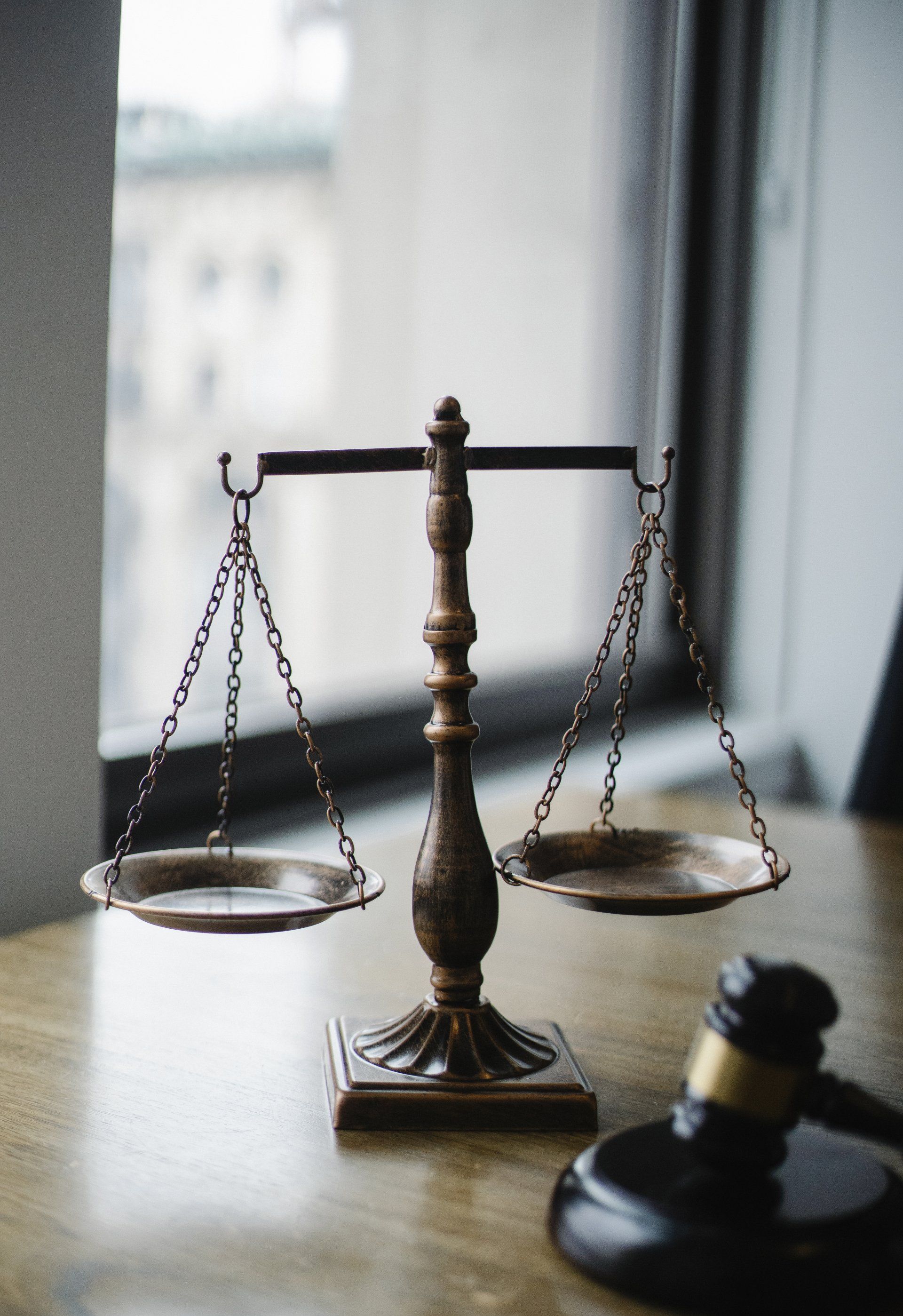Contact Us
Phone: 304-539-9322
Location
716 Lee St E
Charleston, WV 25301
Hours
- Mon - Fri
- -
- Sat - Sun
- Closed
Will My Slip and Fall Case Settle or Go to Trial?
Will My Slip and Fall Case Settle or Go to Trial?
Slip and fall accidents can lead to serious injuries, costly medical bills, and lost wages. If you're considering filing a claim, one of your biggest concerns may be whether your case will settle or go to trial. While most personal injury claims reach a settlement, some cases require a court battle. Several factors influence whether an agreement is reached or if the case moves forward in court.
Factors That Influence Settlement or Trial
Several factors determine whether a slip and fall case is resolved through a settlement or proceeds to trial. The severity of the injury, the strength of the evidence, and the willingness of the property owner or insurance company to negotiate all play a role. If liability is clear and the damages are well-documented, the opposing party may be more inclined to offer a fair settlement. However, if fault is disputed or the insurance company refuses to pay a reasonable amount, litigation may be necessary.
The Benefits of Settling
Settling a case often provides a faster resolution and avoids the uncertainty of a trial. When a settlement is reached, the injured party receives compensation without waiting for a court date, which can take months or even years. Additionally, settlements eliminate the risk of losing at trial and provide a guaranteed outcome. Many property owners and insurance companies prefer to settle rather than face the expenses and unpredictability of a courtroom battle.
The Risks of Going to Trial
While trials can sometimes lead to higher compensation, they come with risks. The final decision is in the hands of a judge or jury, and there is no guarantee of a favorable outcome. Trials also require extensive preparation, which can add stress and prolong the process. Additionally, legal expenses and court fees can reduce the final payout. For these reasons, many injury victims prefer to resolve their cases through negotiations rather than litigation.
The Role of Legal Representation
An experienced attorney can significantly affect how a slip and fall case unfolds. A legal advocate will assess the details of the case, gather necessary evidence, and negotiate with insurance companies to secure fair compensation. If the opposing party refuses to offer a reasonable settlement, an attorney can present a strong case in court. Whether the case settles or proceeds to trial, having legal support increases the likelihood of a favorable outcome.
Deciding whether to settle or go to trial depends on several factors, including the strength of the case, the willingness of the insurance company to negotiate, and the potential risks of litigation. While settlements are often the preferred route due to their speed and certainty, some cases require a trial to secure fair compensation. Seeking legal representation can help ensure that your rights are protected and that you receive the compensation you deserve. If you’ve been injured in a slip and fall accident in Charleston, WV, reach out to Webb Law Centre PLLC to discuss your options.




Schedule a Case Evaluation
Contact us now!
Homepage FCE Form
We will get back to you as soon as possible.
Please try again later.
By submitting this form, you agree to be contacted by our law firm, either by phone, text or by email.
Hours
- Mon - Fri
- -
- Sat - Sun
- Closed
24/7 Phone Availability
Quick Links
Disclaimer: The information on this website is for general information purposes only. Nothing on this site should be taken as legal advice for any individual case or situation. This information is not intended to create, and receipt or viewing does not constitute an attorney-client relationship.
All Rights Reserved | Webb Law Centre PLLC | Powered By Convert It Marketing | Privacy Policy
All Rights Reserved | Webb Law Centre PLLC | Powered By Convert It Marketing | Privacy Policy






